5 Great Reasons to “Breathe–Move–Learn” With Young Children
February 27, 2024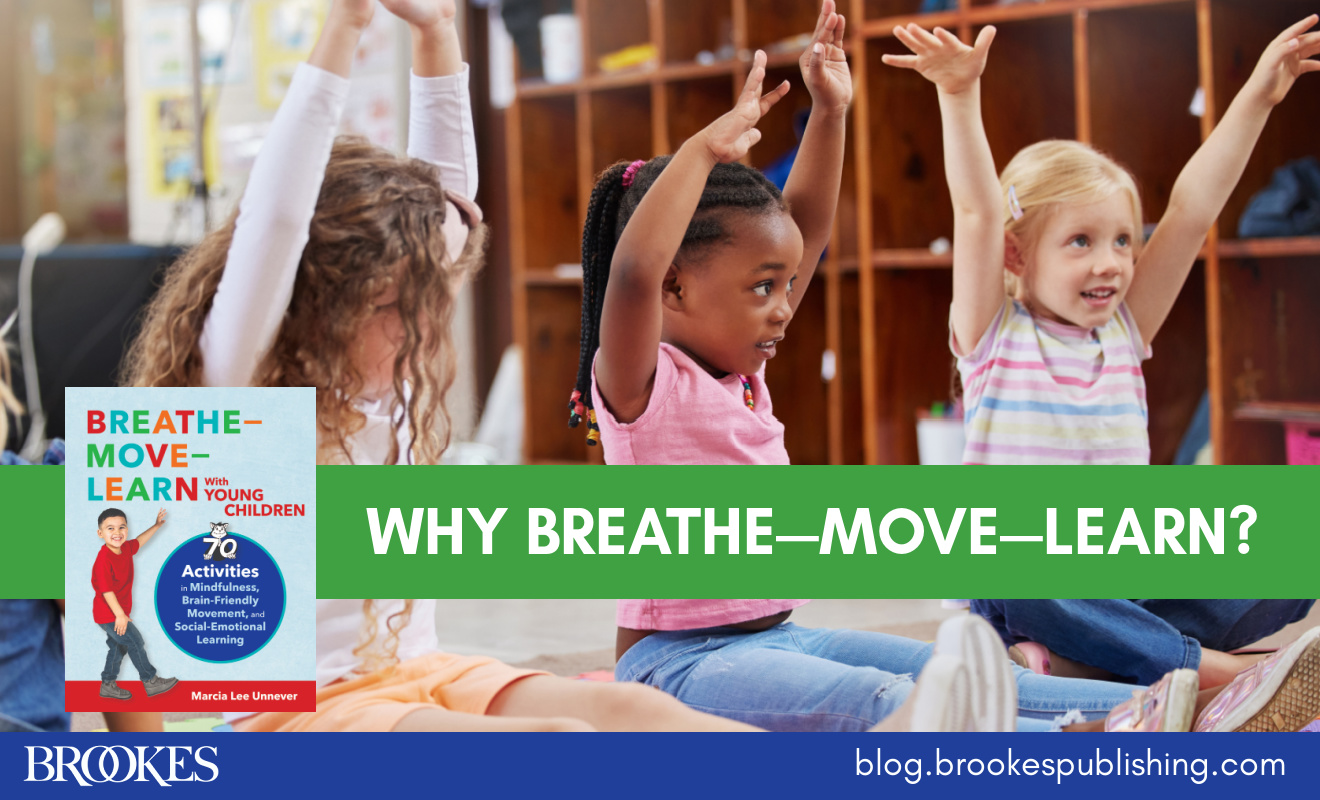
How can you encourage every young child in your classroom to learn while supporting their social-emotional development? What’s the best way to help kids self-regulate during the day—whether they need help with waking up, calming down, focusing, or soothing anxious feelings?
Today we’re excited to welcome new Brookes author Marcia Lee Unnever, who has exciting new ideas for handling these critical questions. Her new book, Breathe–Move–Learn With Young Children, is a unique combination of SEL, mindfulness, and brain-friendly physical activity that promotes growth, development, and behavior management. Ideal for use in early childhood through Grade 3, the 70 activities in this book are designed to increase focus and nurture the skills every child needs for social and academic success.
In today’s post, Marcia outlines 5 reasons why Breathe–Move–Learn is a must-have for your school or program.
Reason #1: Breathe–Move–Learn helps kids focus.
The Breathe–Move–Learn activities give a young child’s brain a jumpstart to help kids focus instantly. Here’s how it works:
- In Step 1, mindful breathing exercises are a gentle, fun way to send blood and oxygen to the brain for alertness. At the same time, the fun breathing exercises calm the emotions.
- In Step 2, brain-friendly movements also send blood and oxygen to the brain and require lots of focus to stay steady and do the steps.
- When the brain is fresh and alert, Step 3 “Learn”-ing your curriculum can happen with ease and joy. Or, you can use Step 3 “Learn” to introduce important social-emotional ideas from the book that every child needs to learn to manage their feelings.
Reason #2: Breathe–Move–Learn is the first step to learning how to self-regulate.
Breathe–Move–Learn opens the space for kids to recognize how they feel inside. If a child can begin to recognize what he or she is feeling, a child can create a space to make better choices. How does this happen in Breathe–Move–Learn?
- In Step 1, mindful breathing gives kids an easy way to pause and say hello to their feelings.
- In Step 2 brain-friendly movements offer a similar opportunity to pause and reflect. You can try out a simple cross-lateral movement, then pause to check in and ask important questions. How do you feel inside? How do you want to feel right now?
- Mindful breathing and brain-friendly movements give kids an opportunity to pause, reflect, and make better choices. And they’re fun to do!
Reason #3: Breathe–Move–Learn supports the whole child—mentally, physically, and emotionally.
We are complex, beautiful human beings with bodies, minds, hearts, and spirits that are yearning to grow and develop. In our classrooms, curriculum is important, but so are feelings, ideas, and our healthy bodies. Breathe–Move–Learn works on all these levels to create a healthy body, honor and manage our thoughts and feelings, and give kids the tools for calming themselves when they need to.
Reason #4: Breathe–Move–Learn is fun!
What if you and the children you teach could feel energized, refreshed, and inspired to learn? Breathe–Move–Learn can give you that boost every day. Kids love to move, and controlled movement can be fun and safe. These brain-friendly movements are designed to be used indoors or outdoors.
You can also use Breathe–Move–Learn as a framework for your day. Just use each step to pop in your curriculum as you breathe, move, and have fun. It’s easy to incorporate Breathe–Move–Learn into any curriculum: the included scripts, illustrations, and photos allow teachers to lead the activities without extensive prep work.
Reason #5: Breathe–Move–Learn supports your entire day
Our powerful brains steer everything we think, feel, and do. Breathe–Move–Learn is your multi-use resource for meeting kids’ needs at different times throughout the whole school day. The Breathe–Move–Learn activities provide:
- “Brain Wake Ups” when kids feel sleepy, tired, or bored
- “Brain Boosters” when kids feel distracted, unfocused, or inattentive
- “Brain Balancers” when kids feel emotional, impulsive, or hyperactive
- “Brain Soothers” when kids feel anxious, unsafe, or scared
Mindful breathing exercises and cross-lateral movements help you scaffold kids’ abilities to handle a myriad of physical, emotional, and behavioral challenges throughout the day.
Watch and share this clip of Marica Lee Unnever introducing Breathe–Move–Learn.
Have questions about Breathe–Move–Learn? Marcia would be happy to answer them; you can contact her through the Kids Focus website. To explore the book and place your order, just follow the link below!

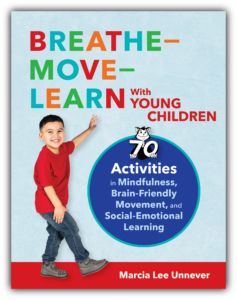
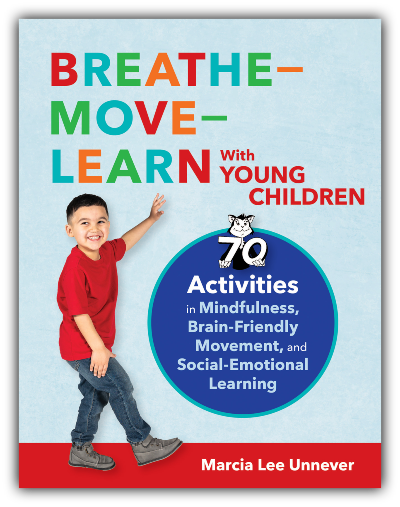
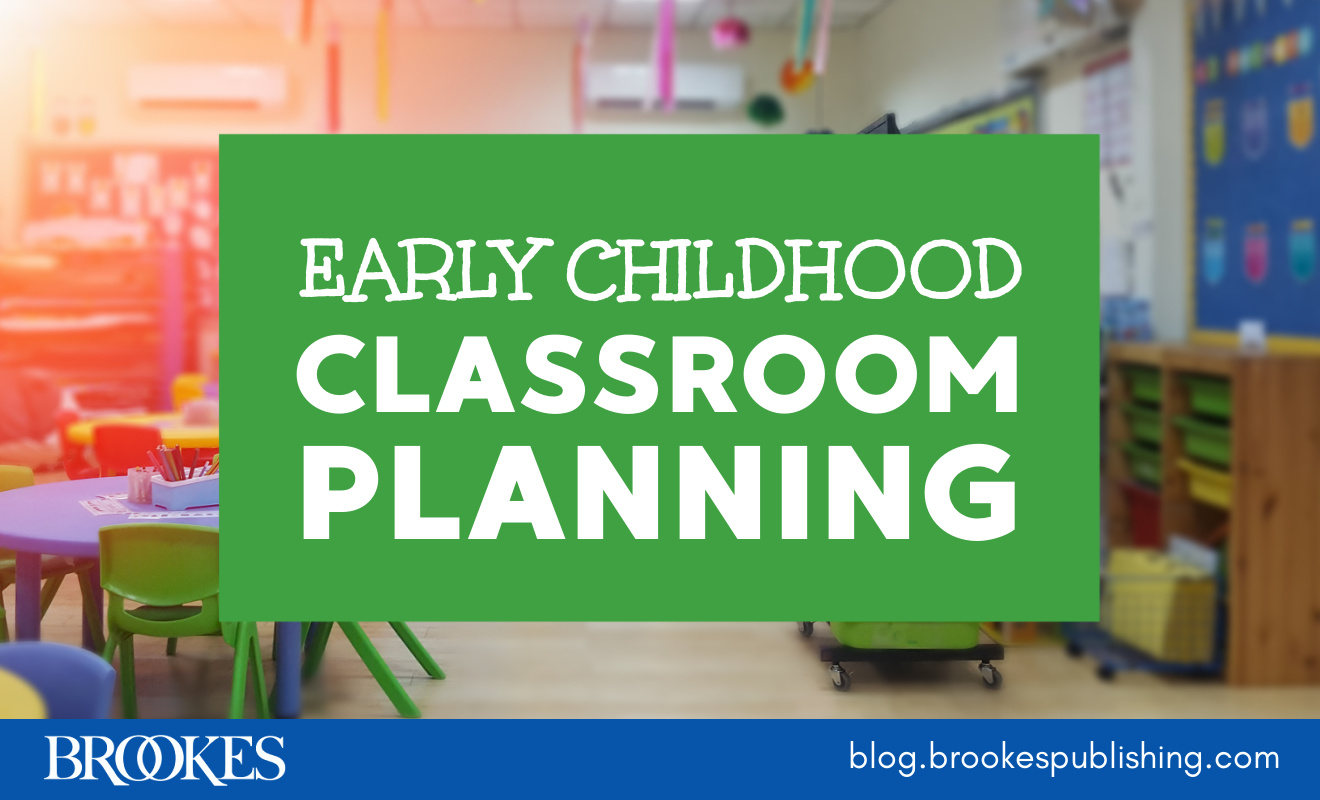
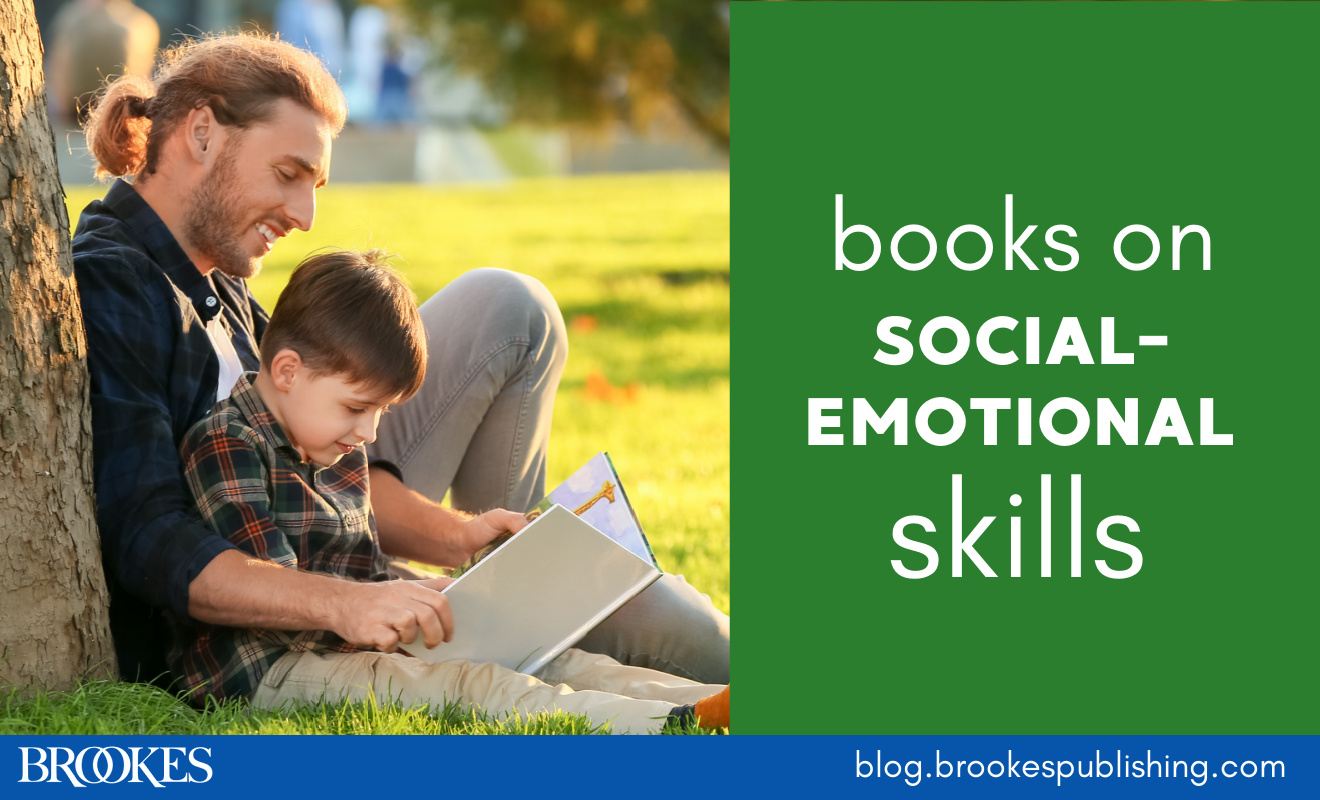
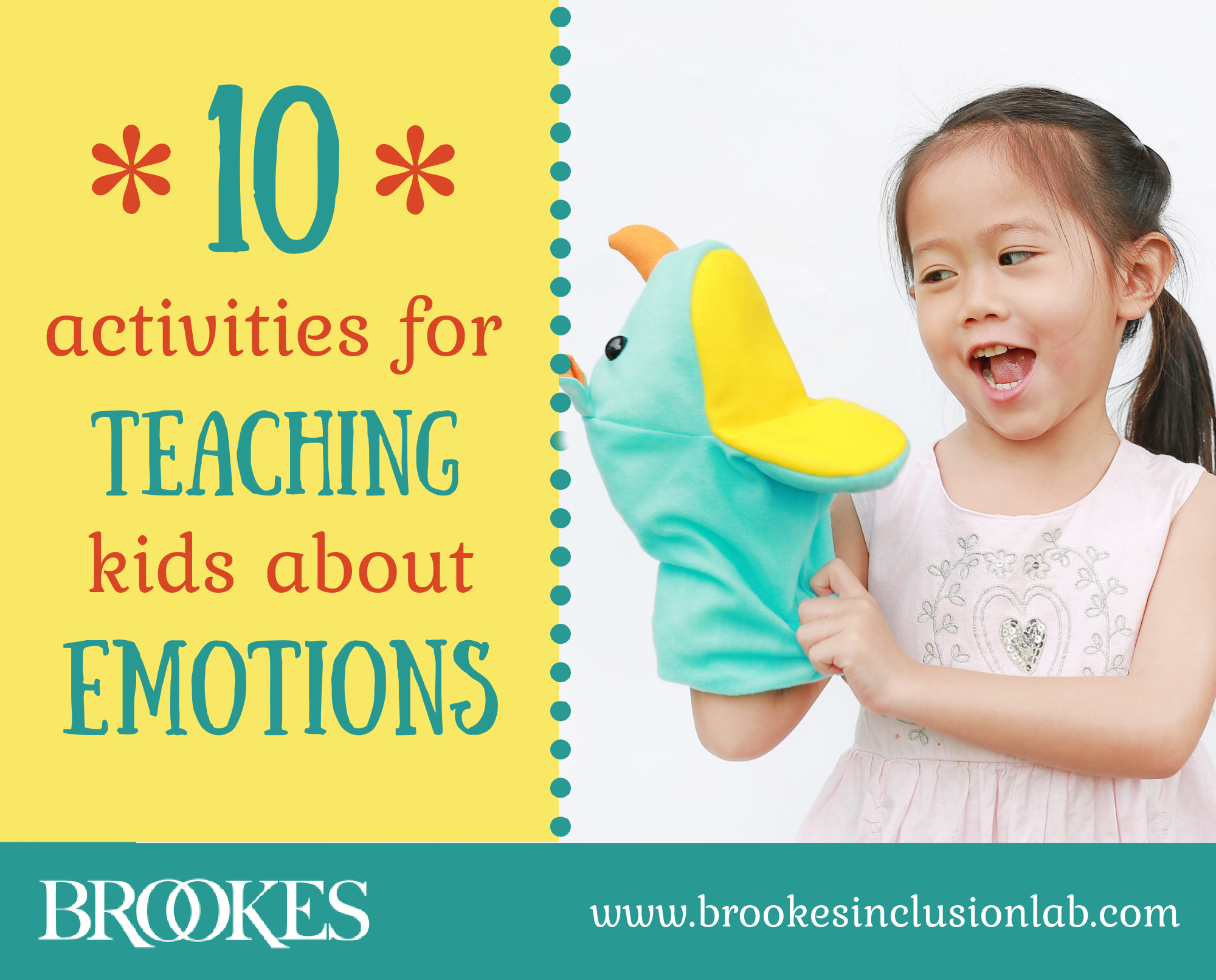
Write a Comment
Your email address will not be published. Required fields are marked *
Post a Comment